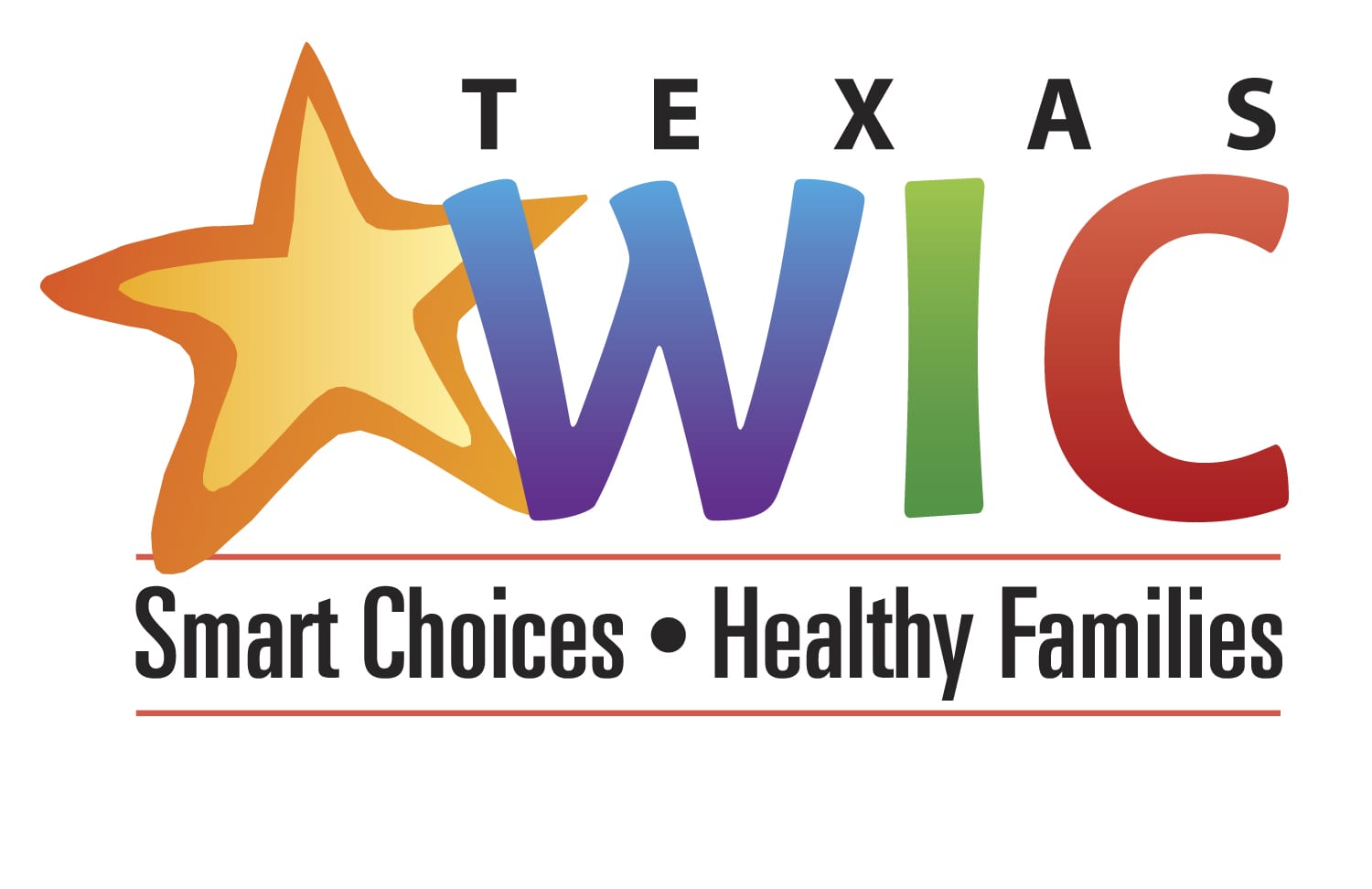New study is the first to account for two factors: women misreporting their WIC nutritional benefits and participation of the very poor in the program

Existing scientific literature suggests the U.S. government nutritional program known as WIC improves birth outcomes of children, but new research is unable to find either a positive or negative impact on infant health.
WIC, which serves 53 percent of all U.S. infants, is for low-income pregnant women and their young children under five who are at or below 185 percent of the federal poverty level. The program provides grocery store food vouchers or electronic benefit transfer cards for healthy and nutritious food, and free prenatal care and health and nutritional counseling.
But economist and study author Manan Roy, Southern Methodist University, Dallas, says women severely underreport having received WIC food vouchers, either because they fear the stigma or fail to recall participating; and also the “poorest of the poor” sign up for the programs. Ignoring either of those two factors could skew an analysis of WIC’s impact on infant health. This is the first study to simultaneously account for both.
Since the poorest of the poor have the most unfavorable attributes to begin with, the “true” effect of the program will be biased downwards. Measurement error in the reports also bias the “true” effect of WIC participation, Roy said.
“To my knowledge, this is the first study of WIC to account for both factors,” said Roy. “The results are striking and ought to serve as a note of caution and guide to future evaluations of the program. I am unable to conclude there exists a causal effect — positive or negative — of prenatal WIC receipt on birth outcomes, even if as few as 1 percent of eligible women misreport their participation.”
Based on these findings and the existing literature on program evaluation, Roy said, it would be ideal to have experimental data or at least some form of verification of program participation in nationally representative household surveys to accurately evaluate WIC’s impact. In the absence of such data, researchers should be aware of and accordingly account for both these problems using varied statistical methods. Roy’s study focused on birth outcomes of infants, and didn’t look at WIC’s effect on older eligible children or breastfeeding practices.
Existing literature notes underreporting without accounting for it, but suggests WIC improves birth outcomes
The evidence has strong implications, Roy said, since WIC caters to a special sub-population that is in maximum need of nutritious food, regular health check-ups and nutritional counseling.
Formally known as the Special Supplemental Nutrition Program for Women, Infants and Children, WIC is a $7.1 billion program of the U.S. Department of Agriculture. As of March 2012, WIC provides nearly 9 million women and young children an average of $46 a month each, according to the government. Recipients can buy milk, cheese, cereal, juice, fruits, vegetables, bread, beans and rice.
Driving research interest in WIC is the growing perception that early life conditions have a long-term impact on adult-life outcomes as well as the evidence that early life interventions yield higher returns than do later life remedial or compensatory interventions.
Prior studies evaluating the effectiveness of WIC are mostly based on household surveys. Researchers are aware, however, that the poorest of the poor enroll into programs like WIC and that an overwhelming number of women deny receiving the benefits when polled on household surveys. Existing scientific literature has consistently recognized the underreporting problem without accounting for it, but nevertheless suggests WIC improves birth outcomes of children, such as birth weight and gestation age.
New study accounts for poorest of the poor and underreporting receipt of benefits
“My contribution is that I account for both these problems simultaneously and conclude that it is difficult to be sure whether there is a positive or a negative effect of the program,” Roy said.
Roy used data on more than 4,000 9-month-old infants available from the Early Childhood Longitudinal Study-Birth Cohort, released by the National Center for Education Statistics, U.S. Department of Education.
In that study, women are interviewed when the child is 9 months old. They are asked whether they received WIC benefits while they were pregnant with the child. So, it is difficult to rule out an element of recall error in addition to the social stigma of “being on welfare,” Roy said.
“In this first step toward quantifying the consequence of misreporting, I find that even 1 percent of misreporting is sufficient to render inconclusive the evidence concerning WIC’s causal effect. Any greater degrees of misreporting will only worsen the situation,” she said.
Earlier research found low-income infants better off under public insurance
Roy presented her study, “Identifying the Effect of WIC on Infant Health When Participation is Endogenous and Misreported,” at the Southern Economic Association Annual Meeting, Washington, D.C., and in her dissertation, “Three Essays on the Effect of Public Policies on Infant and Adolescent Health.” The paper is available from IDEAS, a service of the Economic Research Division of the Federal Reserve Bank of St. Louis. Roy is a Ph.D. candidate in SMU’s Department of Economics.
The study follows earlier infant health research in which Roy analyzed data from the Early Childhood Longitudinal Study-Birth Cohort to compare private vs. public insurance and its impact on infant health. In that study, Roy found that among insured infants, those in low-income families are better off under government-provided Medicaid and CHIP than infants covered by private insurance, because public plans provide cheaper but comprehensive coverage.
Manan presented that study — “How well does the U.S. government provide health insurance?” — at the 2011 Western Economic Association International Conference, San Diego. — Margaret Allen
SMU is a nationally ranked private university in Dallas founded 100 years ago. Today, SMU enrolls nearly 11,000 students who benefit from the academic opportunities and international reach of seven degree-granting schools. For more information see www.smu.edu.
SMU has an uplink facility located on campus for live TV, radio, or online interviews. To speak with an SMU expert or book an SMU guest in the studio, call SMU News & Communications at 214-768-7650.


 Middle school boys who are reluctant readers value reading more after using e-readers
Middle school boys who are reluctant readers value reading more after using e-readers Dark matter search may turn up evidence of WIMPS: SMU Researcher Q&A
Dark matter search may turn up evidence of WIMPS: SMU Researcher Q&A College students willing to donate genetic material to biobanks for research
College students willing to donate genetic material to biobanks for research Unconventional geothermal techniques a potential game changer for U.S. energy policy
Unconventional geothermal techniques a potential game changer for U.S. energy policy Modeling the human protein in search of cancer treatment: SMU Researcher Q&A
Modeling the human protein in search of cancer treatment: SMU Researcher Q&A Study: Nearly two-thirds of EU citizens are marginalized by English-language dominance
Study: Nearly two-thirds of EU citizens are marginalized by English-language dominance Public health insurance provides insured infants better, less costly care than private plans
Public health insurance provides insured infants better, less costly care than private plans Indian, Vietnamese immigrants become American over time through civic activities, say anthropologists
Indian, Vietnamese immigrants become American over time through civic activities, say anthropologists CERN scientists find hints of Higgs boson — “God” particle
CERN scientists find hints of Higgs boson — “God” particle